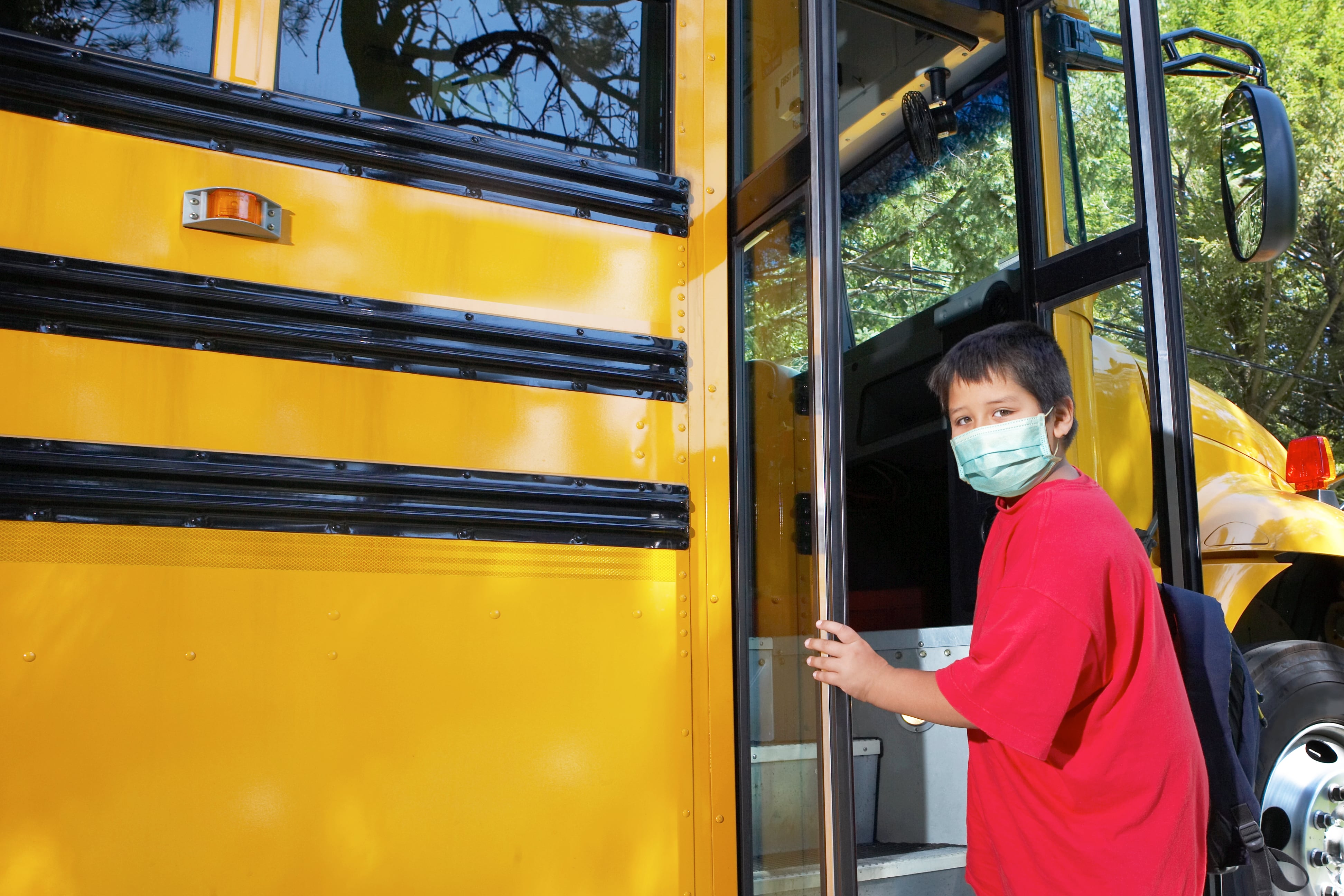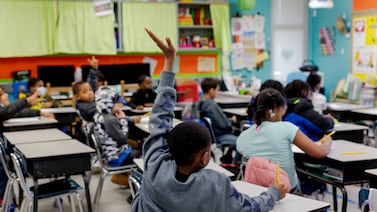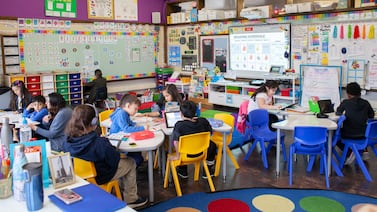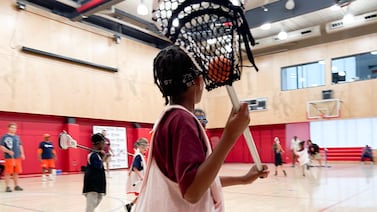School leaders shouldn’t rush to close their buildings if a student or teacher tests positive for the coronavirus. Instead, they should consider sending students and staff home from a single classroom or perhaps a school wing.
That’s according to recommendations by the Tennessee Department of Health for helping local officials navigate COVID-19. Closing down campuses and entire districts should be an action of last resort, health officials say.
While preparation and prevention are key themes to reopening schools during the ongoing pandemic, so are the goals of keeping school buildings open and maintaining in-person instruction whenever possible, according to the recommendations updated this week.
“All policy considerations should start with a goal of having students physically present in school,” says the document. “Every effort should be made to prevent a district-wide closure, and district administrators should consider it appropriate to close one school, or even a portion of a school, when a case or small outbreak affects only a small number of students or staff.”
The approach is consistent with a statement last week by the American Academy of Pediatrics in favor of bringing children back to the classroom this fall and managing the risks of the ongoing public health crisis. It’s also an about-face from how Tennessee dealt with COVID-19 beginning in March, when school systems closed statewide at the urging of Gov. Bill Lee only weeks after the state’s first case was reported.
Now, as health officials have become more knowledgeable about the virus and oversee widespread testing and contact tracing, the Tennessee Department of Education has released dozens of documents recently offering guidance on how to reopen and manage everything from bus transportation to students’ mental health needs.
The new 8-page document from the health department goes a step further and offers recommendations, not just guidance.
“The overarching principle we’re using is this virus isn’t going to go away,” said Dr. Lisa Piercey, Tennessee’s commissioner of health. “We’ve got to learn to live with it. Our economy depends on it. And getting kids back into school is critical for our economy, and it’s critical for their health.”
Piercey’s comments came Tuesday as she and Education Commissioner Penny Schwinn participated in a White House event to discuss reopening America’s schools. President Donald Trump used the setting to declare that his administration will “pressure” governors and educators to reopen schools in the fall, despite soaring infection rates in the majority of states.
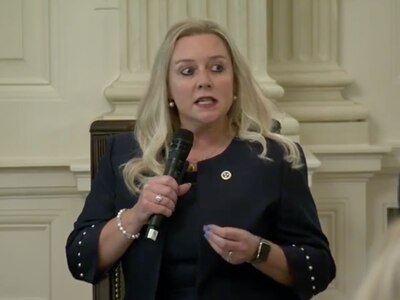
Asked during one White House panel discussion to address an important misconception about reopening schools, Piercey said parents may assume that the sweeping restrictions that shuttered schools and districts this spring will be in effect this fall as well. But that shouldn’t be the case.
“There is a very rare instance when an entire district has to be closed,” said Piercey. “It may be that in the inevitable case that these infections come into schools that you close a classroom, or you close a wing, or a corridor, and perhaps the entire building.”
Piercey later told Trump that open school buildings and businesses are both necessary to chart a recovery plan. “We know in Tennessee that children have to get back to school and parents have to get back to work,” she said.
Her department’s recommendations reflect the new American Academy of Pediatrics guidance, which cites “mounting evidence” that transmission by young children is uncommon. The pediatric group says “schools are fundamental to child and adolescent development and well-being,” and that remote learning is likely to result in severe learning loss and increased social isolation, especially for the nation’s most vulnerable students.
Local leaders ultimately will decide how to manage COVID-19 and when to close schools in Tennessee, which now has about 21,000 active coronavirus cases. Memphis and Nashville are among hotspots, while some rural counties are reporting cases in the single digits.
In Wilson County, which has 22 public schools in suburban and rural areas east of Nashville, Superintendent Donna Wright plans to manage COVID-19 more conservatively than the state’s recommendations. If one case is confirmed inside of a school building, she’ll shut down the entire campus and quarantine all students and staff for two weeks.
“Even if the case appears to be isolated to an individual classroom, there may have inadvertently been exposure elsewhere,” Wright said. “For instance, what if the student has siblings in the same building? We’re going to exercise an abundance of caution at the outset, and trust that we can figure this out.”
Dr. Michelle Fiscus, director of the state’s immunization program, told superintendents this week to expect coronavirus cases to crop up in every school system eventually.
“I don’t envy your position,” Fiscus said Monday during a conference call with school leaders. “Public opinion is probably going to be split on whatever you do.”
She added: “The thing I probably can’t stress enough is your need to prepare for that day. That can go pretty well, or that can be a complete disaster, depending on the preparation you’ve put in place.”
The new health department recommendations say every school should ready a location where students or staff members who are exhibiting COVID-19 symptoms are taken to isolate them from others until they can leave for the day. District policies should empower staff to remain home when ill.
As cases are confirmed, all students and staff who have been within 6 feet of the infected person for 10 or more minutes should be quarantined at home for 14 days.
The department lists recommendations for when it’s appropriate to close an entire school campus, such as reaching certain schoolwide absentee rates. Another example: A school shutdown is merited if several infected middle or high school students have been moving through different classroom environments for a day.
As for precautions, the department recommends all staff and students wear cloth face coverings except for preschoolers under age 2. Students and staff should stay 6 feet apart whenever possible, and classrooms should be reconfigured to promote social distancing, as shown in a series of videos produced by the education department.
Potential exposure can be limited, health officials say, by keeping students and staff in small groups. That means no pep rallies, field trips, or teachers congregating in the lounge.
Lunch should be eaten in the classroom or outdoors instead of the cafeteria, and all water fountains should be disabled. Teachers — not students — should rotate among classes. Schools should consider either eliminating the use of student lockers or assigning them by cohorts to reduce movement inside a building. Shared materials such as textbooks or art supplies should be avoided.
Schools also should have a system to screen students and staff daily for symptoms and to take their temperature.
“No school district has this completely figured out yet,” said Piercey, who urged educators to set realistic expectations about the school year ahead and to be transparent with families about the steps they’re taking.
“We want parents to trust us.”

